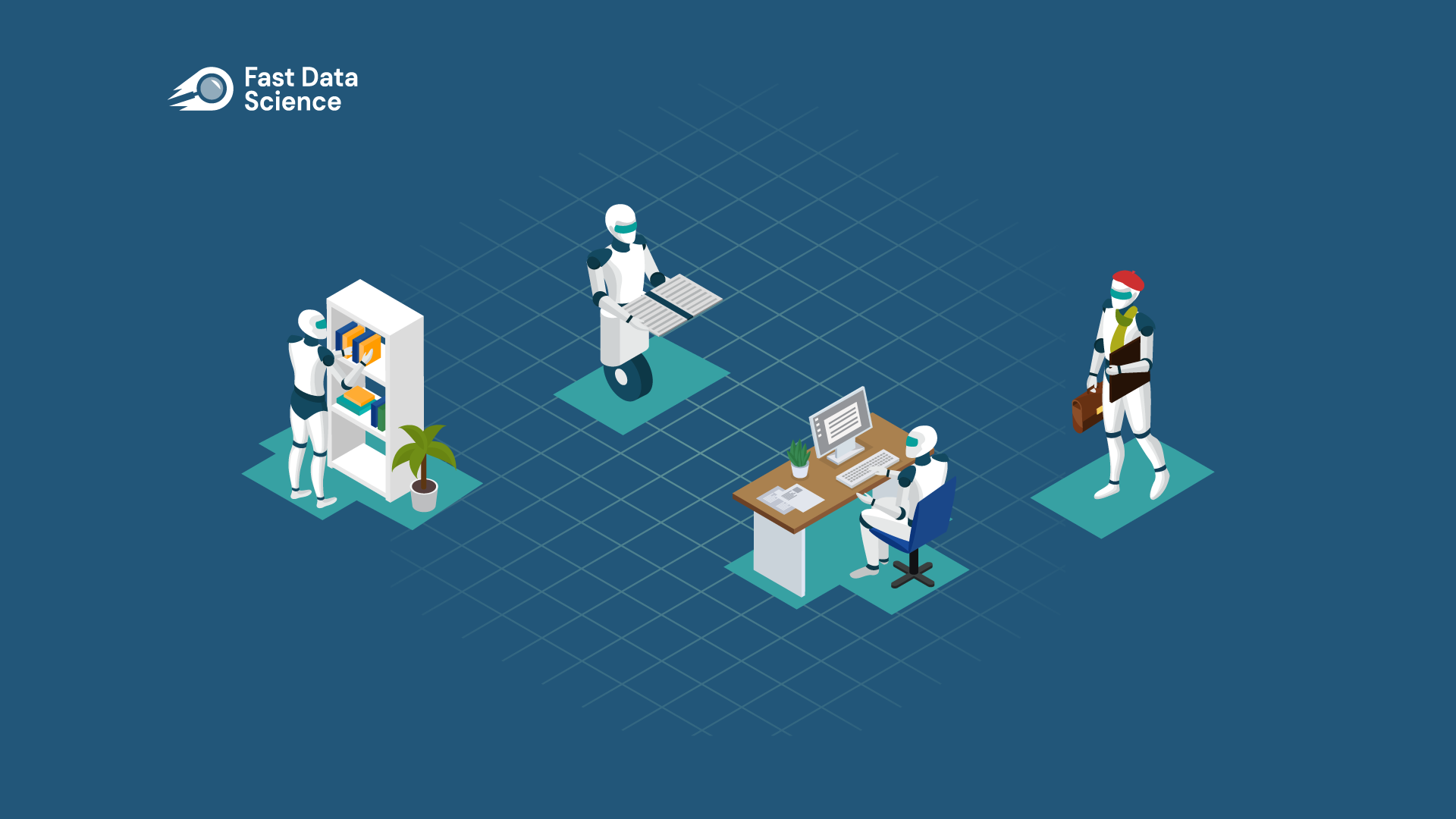
The Clinical Trial Risk Tool has been featured in a guest column by Thomas Wood, director of Fast Data Science, in Clinical Leader, titled A Tool To Tackle The Risk Of Uninformative Trials, in cooperation with Abby Proch, Executive Editor at Clinical Leader.
In this article, Thomas Wood discusses the issue of uninformative clinical trials in pharmaceutical research. Uninformative trials fail to provide meaningful results, either because they don’t address key questions or are poorly designed. These trials waste resources, expose participants to unnecessary risks, and hinder progress in medical knowledge.
Wood uses the definition of “uninformative trials” from Zarin et al (2019)[1] as trials that do not deliver informative results, even though the investigated treatment may be effective or ineffective. An informative trial, according to experts, must meet five conditions: addressing an important question, providing meaningful evidence, being feasible, conducted scientifically, and reporting methods and results promptly.
The Clinical Trial Risk Tool was created to prevent such trials by providing features like a clinical trial budget estimator based on real-world cost data. The development of the first version of the tool was published in Gates Open Research[2]. In future, the tool could retrieve past trials with similar endpoints or inclusion/exclusion criteria to improve protocol design. It could also generate personalised feedback for different stakeholders, such as medical professionals, financial planners, and patient advocates.
Fast Data Science’s Clinical Trial Risk Tool offers a solution by allowing users to upload trial protocols, where AI analyzes the document for risk and cost factors. The tool estimates trial costs and identifies risks, helping to avoid uninformative outcomes early in the design process.
Ready to take the next step in your NLP journey? Connect with top employers seeking talent in natural language processing. Discover your dream job!
Find Your Dream Job
Thomas Wood presents the Clinical Trial Risk Tool before the November meeting of the Clinical AI Interest Group at Alan Turing Institute The Clinical AI Interest group is a community of health professionals from a broad range of backgrounds with an interest in Clinical AI, organised by the Alan Turing Institute.

Fast Data Science will appear at Ireland’s Expert Witness Conference on 20 May 2026 in Dublin On 20 May 2026, La Touche Training is running the Expert Witness Conference 2026, at the Radisson Blu Hotel, Golden Lane, Dublin 8, Ireland. This is a full-day event combining practical workshops and interactive sessions, aimed at expert witnesses and legal professionals who want to enhance their expertise. The agenda covers critical topics like recent developments in case law, guidance on report writing, and techniques for handling cross-examination.

Guest post by Alex Nikic In the past few years, Generative AI technology has advanced rapidly, and businesses are increasingly adopting it for a variety of tasks. While GenAI excels at tasks such as document summarisation, question answering, and content generation, it lacks the ability to provide reliable forecasts for future events. GenAI models are not designed for forecasting, and along with the tendancy to hallucinate information, the output of these models should not be trusted when planning key business decisions. For more details, a previous article on our blog explores in-depth the trade-offs of GenAI vs Traditional Machine Learning approaches.
What we can do for you